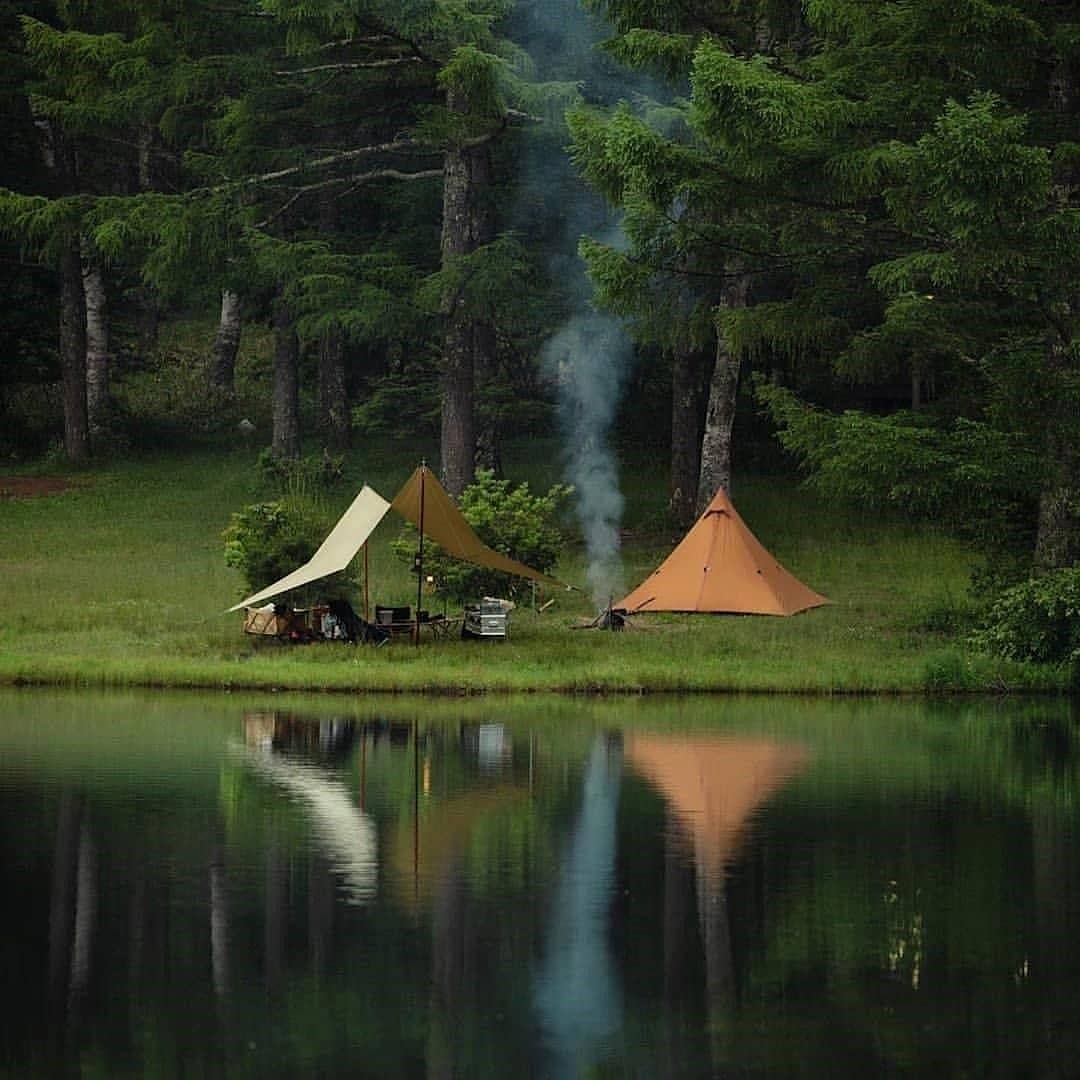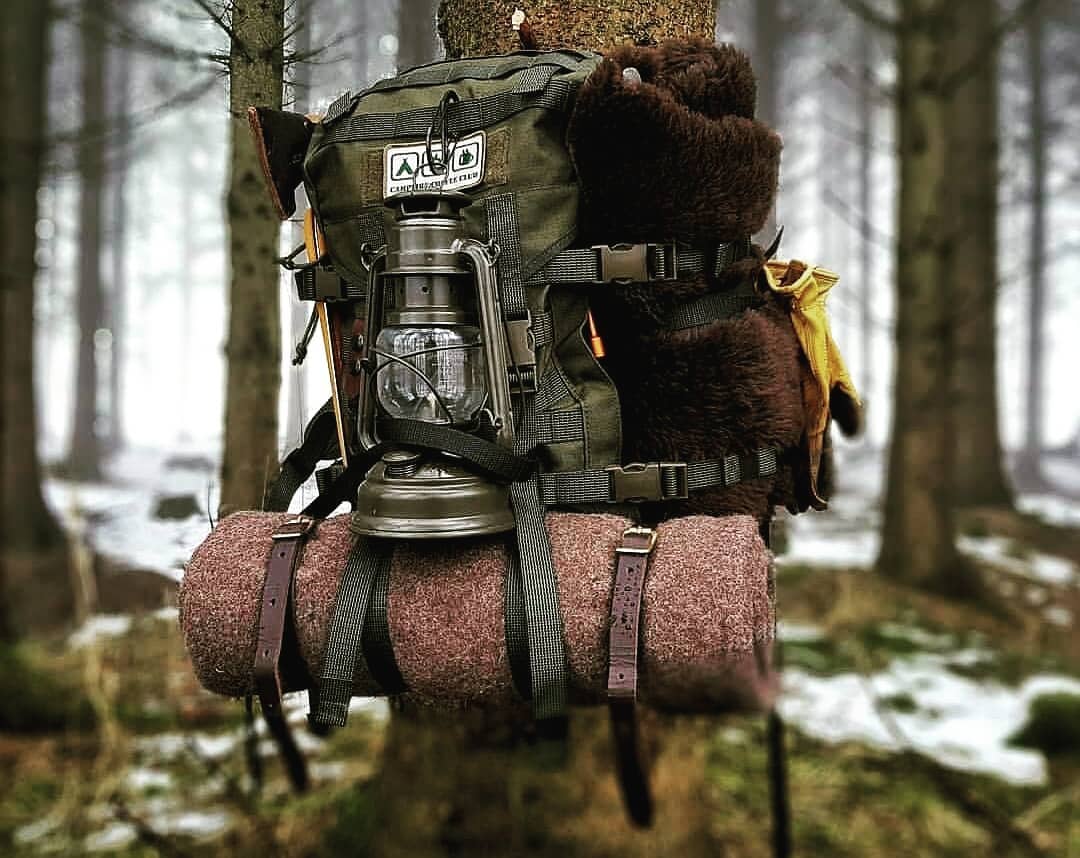Introduction to Bushcraft
Bushcraft is a set of skills that enable individuals to survive and thrive in the wilderness using only natural resources. It’s about understanding nature, adapting to the environment, and relying on knowledge rather than gear. For beginners, mastering essential skills and acquiring the right gear is fundamental.
Essential Skills for Bushcraft
Hiking and Navigation
Navigating the wilderness is crucial. Learning to read maps, use a compass, and understand natural signs like the sun’s position are key skills. Additionally, understanding topography aids in planning routes and avoiding hazards.
Shelter Building
Crafting shelters from natural materials is essential for protection against the elements. Beginners should learn basic shelter designs and understand their environment to select suitable sites for shelter construction.
Fire Making
Fire is a lifeline in the wild. Knowing various fire-starting methods such as friction-based techniques or using fire starters is vital. Understanding different types of wood for fuel and the importance of fire safety cannot be overstated.
Water Sourcing and Purification
Access to clean water is imperative. Knowledge of finding water sources, constructing primitive filters, and employing purification methods like boiling or using water purification tablets is essential.
Choosing the Right Gear

Knives and Tools
A reliable knife is the cornerstone of Bushcraft gear guide. Understanding the types of knives and their uses is crucial. Additionally, including multi-tools and axes can be beneficial.
Shelter Equipment
Tents, tarps, and hammocks are common shelter options. Beginners should focus on lightweight and durable options that suit their environment.
Fire-starting Tools
Carrying waterproof matches, lighters, and fire strikers ensures the ability to start a fire in various conditions. Including fire accelerants like dry tinder or fire starters can be advantageous.
Water Purification Gear
Water filters, purification tablets, or portable water purifiers are essential for obtaining safe drinking water in the wild.
Clothing and Footwear
Selecting appropriate clothing for the environment is essential. Layering and materials that wick moisture away from the body are vital. Proper footwear suited to the terrain is equally important.
Bushcraft Ethics and Safety
Leave No Trace Principles
Respecting nature and leaving minimal impact is crucial. Adhering to “Leave No Trace” principles ensures wilderness preservation.
Safety Tips in the Wild
Understanding wildlife, weather patterns, and basic first aid can prevent emergencies. Carrying a first aid kit and knowing how to use it is imperative.
Embracing Bushcraft as a Lifestyle
Integrating Nature into Daily Life
Bushcraft principles can transcend outdoor activities, influencing daily habits. Embracing sustainable practices, connecting with nature in urban settings, and cultivating a mindset of self-reliance can enrich everyday life.
Continual Learning and Growth
Bushcraft is a lifelong journey. Continual learning, refining skills, and embracing new challenges keep the passion for the wilderness alive. Each experience adds depth to one’s understanding of nature and self-sufficiency.

Conclusion
Mastering bushcraft is a rewarding journey that goes beyond survival skills. It’s about forging a deep connection with nature, learning to thrive in the wilderness, and embracing a mindset of self-reliance and sustainability.


